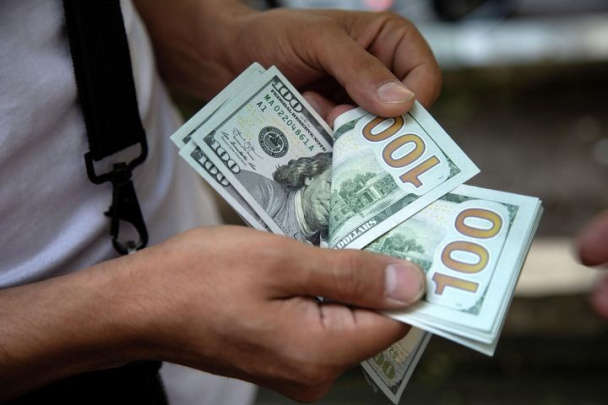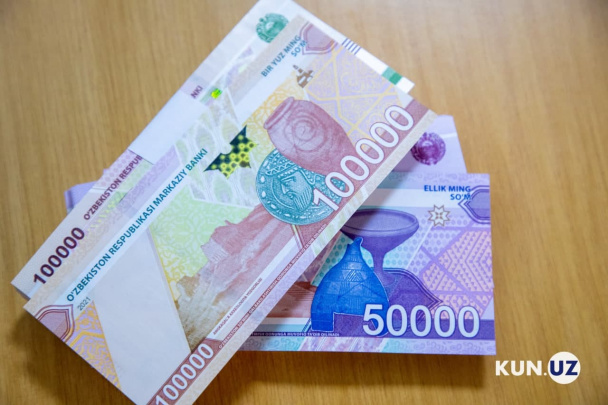Consumer prices rose by 5.6% in H1 – Central Bank

In the first half of this year, consumer prices in the republic increased by 5.6%, which is 0.6% lower than the corresponding period in 2018, the Central Bank reports.
“The inflationary trend was formed under the influence of rising market prices for food products and services, while regulated prices for services and non-food products had a restraining effect. In addition, the transfer of the previously announced increase in energy tariffs to a later date also contributed to the formation of inflation below the expected level in the period under review,” the regulator said.
Annual inflation by the end of June was 13.6% and remained near the lower boundary of the base forecast corridor. At the same time, annual inflation during the last 5 months was fixed in the region of 13.5-13.7%.
The increased pressure of demand factors, supported by the outpacing increase in lending and government spending compared to production volumes, an increase in household incomes and rising production costs, to some extent, complicate the task of consistently reducing inflation.
Food inflation, excluding fruits and vegetables, reached a local peak in April, which was caused by the adaptation of prices to changes in taxation and an increase in production costs. These effects gradually began to be exhausted, which affected its downward trend in May-June of this year.
The Central Bank reported that in Q2 2019, under the influence of the low base, an increase in prices for certain types of fruits and vegetables accelerated, which had an upward effect on annual inflation rates. For comparison, in Q2 2018, prices for fruits and vegetables decreased by 18.7%, in Q2 of this year – by 8.1%.
At the same time, inflation expectations generally showed a downward trend. Expectations of legal entities were characterized by a steadier downward trend, while individuals, in the past two months, after declining in Q1 2019, had an upward trend.
It is noted that when conducting monetary policy and shaping its conditions, the Central Bank will proceed from the task of reducing the level of inflation to a single digit in 2021. At the same time, the Central Bank retains the basic projected inflation trajectory, which assumes its value at the level of 10-12% in 2020.
A further decrease in the level of inflation causes the use of a restrained approach in making expenditures from centralized sources, including for crediting the economy.
“Another important factor contributing to the reduction of inflation will be the qualitative implementation of structural reforms, including the creation of healthy competitive conditions, the adoption of effective measures to eliminate the fundamental barriers obstructing improvement of the investment climate, infrastructure development, timely implementation of the reform of state-owned enterprises, improving the efficiency of tax reforms and the other,” the Central Bank concluded.
Related News

19:34 / 04.11.2024
Central Bank: Citizens’ foreign currency sales surpassed purchases by $4.8 billion

17:28 / 04.11.2024
Central Bank chief comments on sanctions risks and efforts to recover $4.6 million in frozen funds

12:09 / 04.11.2024
Government to raise wages, pensions, and benefits in line with inflation for 2025

16:15 / 03.11.2024



